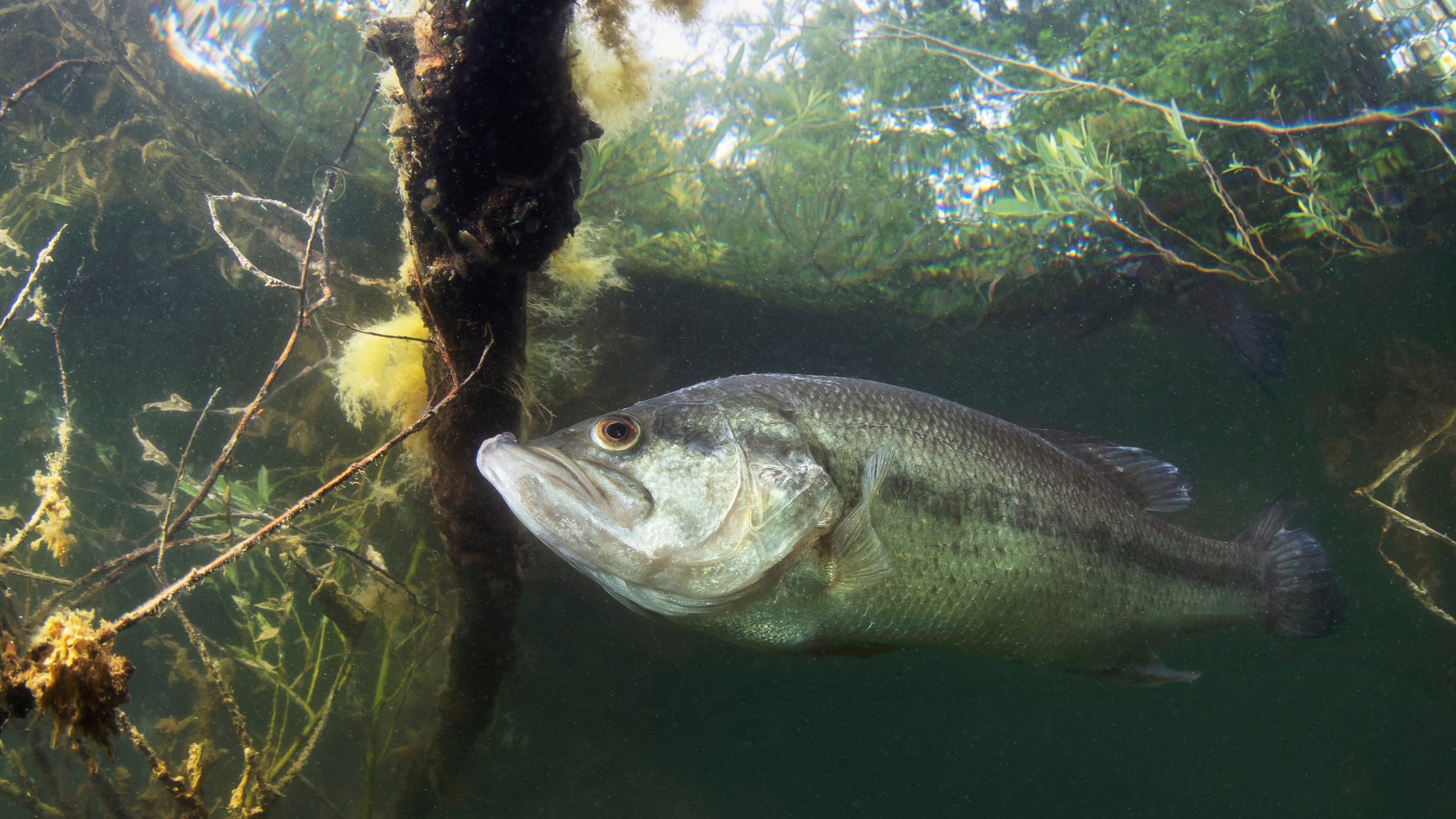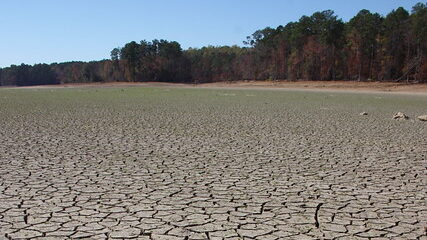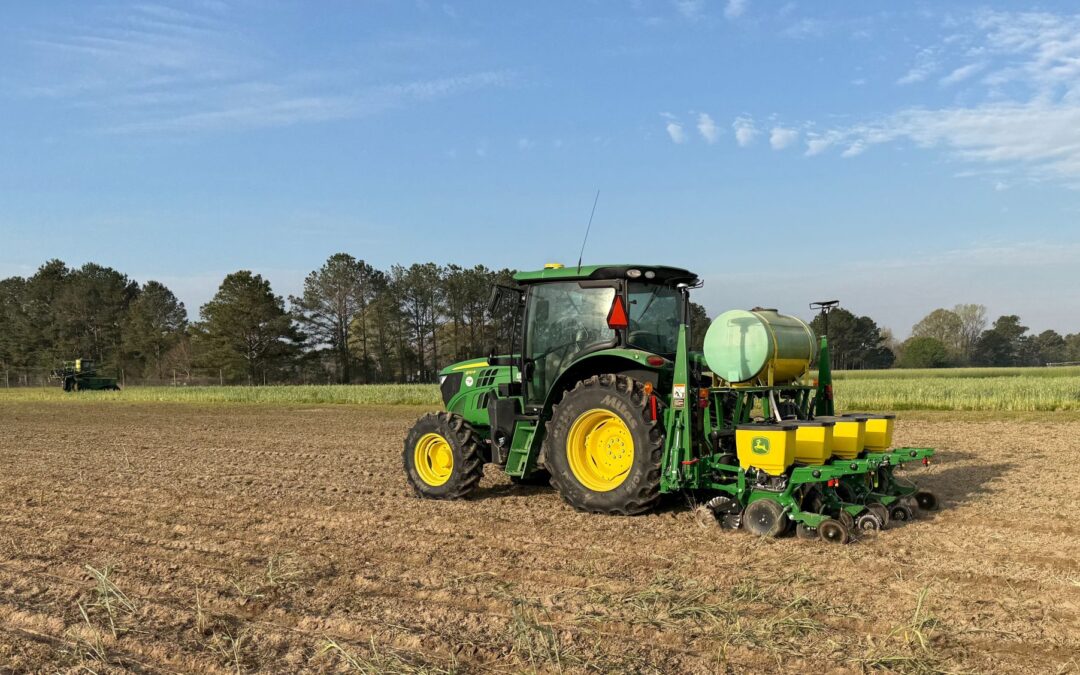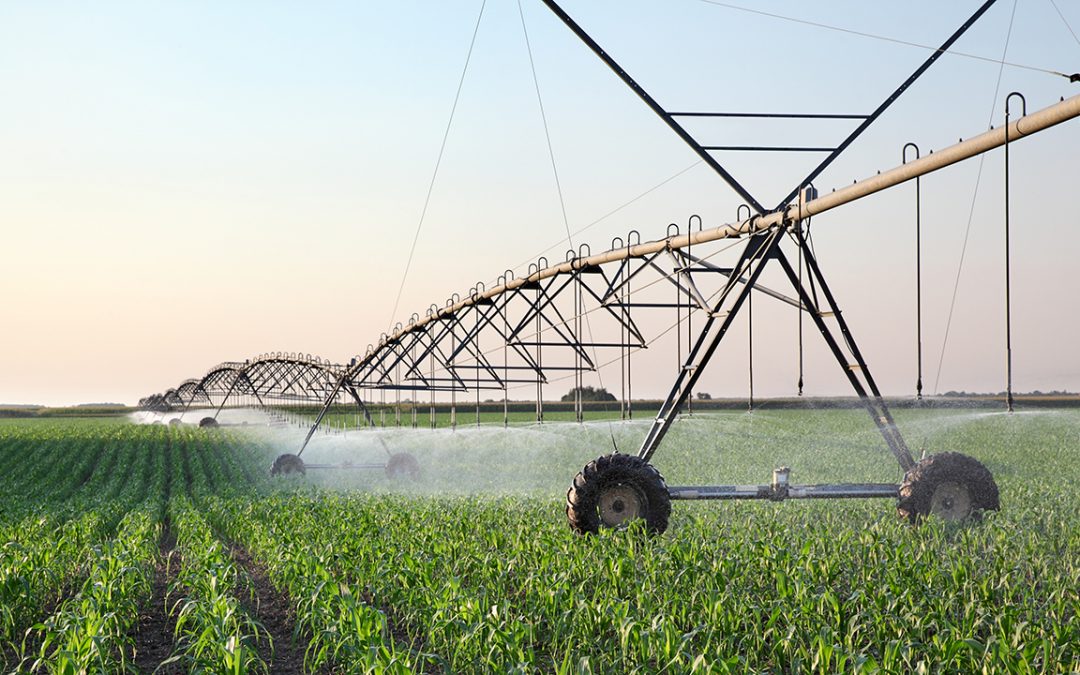Research made possible by $650,000 USDA-NIFA grant
By Adam Cletzer

Associate Professor Ian Butts
In the $1.5 billion U. S. aquaculture industry, largemouth bass production is a small fry.
The fish’s unusually high mortality rate across all stages of production makes it a challenge for farmers to raise this fish for profit. Researchers at Auburn University hope to expand production of largemouth bass in Alabama and the U.S. by solving the problem of high mortality rates.
A team of hatchery scientists from the Alabama Agricultural Experiment Station’s E. W. Shell Fisheries Center was awarded $650,000 by the National Institute of Food and Agriculture to study the critical larval stage of largemouth bass development and share their findings with producers nationwide.
“The larval stage is the hardest stage of fish production,” said Ian Butts, associate professor and the grant project’s director. “They die so easily.”
Largemouth bass is the most popular sportfish in America, and its market value far surpasses other aquaculture species, like trout and catfish. However, due to the difficulty in raising the fish, fewer than 200 of the nearly 3,000 fish farms in the U.S. produce largemouth bass, according to the USDA’s most recent Census of Aquaculture.
Meanwhile, competitors, such as China, have increased their production of largemouth bass in recent years. America has become dependent on these other countries to supply seafood products, importing nearly 90% of the fish it consumes.
Further, as few farms raise largemouth bass from larval to juvenile stages, the U.S. suffers a serious bottleneck in production. This means not only fewer bass for sale at market as a food source, but also fewer for restocking lakes for anglers.
The problem behind the often 80% mortality rate in fish production, according to Butts, lies in the traditional method of farming largemouth bass.
Farmers tend to rely on adult bass broodstock to spawn in a commercial hatchery setting. The larvae are transferred to grow-out ponds where they feed on plankton. When large enough, they are caught and returned to the hatchery facility to be trained to feed on a commercial diet. Finally, they’re transferred back to a pond to grow until harvest.
The stress of this back-and-forth movement, in addition to the introduction of disease, the impact of natural predators (especially fish-eating birds) and environmental factors, like low oxygen levels in ponds, lead to high mortality rates.
“Farmers want to be able to have them indoors the whole time to streamline their production and keep them in a more controlled environment,” Butts said.
The series of experiments designed by Butts and his colleagues will yield best practices for largemouth bass producers nationwide to help increase fish production.
For example, experiments to study the impact of stocking density on production will help to determine the ideal ratio of larval bass to planktonic prey. Too few prey and the bass could starve, while too many creates a “confusion effect” where bass become overwhelmed, never attack prey and starve.
“It’s like it’s raining Big Macs, and you don’t know which one to grab,”Butts explained.
Bass are visual predators. Light intensity and the color of the tanks can affect their ability to see prey. Experiments will determine the optimal light intensity and tank color to ensure that more fish make it through the early stages of development.
Other experiments will determine if certain foods, given early in life, predispose bass to a soybean-based commercial diet later in life. Live food is expensive for farmers. The sooner farmers can switch to commercial fish food, the more profitable and sustainable production will become.
The research team is made of Ian Butts, Timothy Bruce, Anita Kelly, Luke Roy and Allen Davis, all from the School of Fisheries, Aquaculture and Aquatic Sciences at Auburn. Karolina Kwasek of the University of New Hampshire is also a member of the grant team.
The grant funding will allow the research team to offer full assistantships to a PhD student and three new master’s students who will join the School of Fisheries, Aquaculture & Aquatics Sciences in the College of Agriculture. These students will carry out many of the experiments under the direction of the research team.
“These fish are fed every two hours from 6 a.m. to midnight every day,” Butts said. “A team is necessary.”
The experiments will be carried out over a four-year period, predominantly at the E. W. Shell Fisheries Center in Auburn, which has more than 200 ponds on 1,600 acres of research land.
“Not too many places in the country have hundreds of ponds, a fisheries center and all the right lab equipment … right in the heart of largemouth bass fishing,” Butts said. “You can’t usually get that in one facility.”





